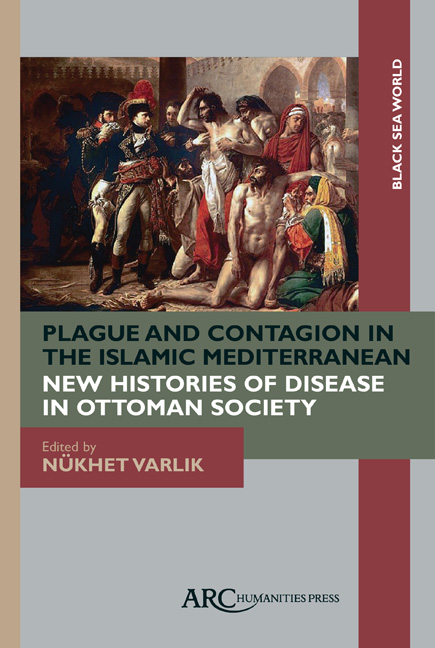Plague in Eighteenth-Century Cairo: In Search of Burial and Memorial Sites
Published online by Cambridge University Press: 25 January 2021
Summary
Unmarked Site, Epidemics and Mass Burial: Fieldwork of the Dead
“Utopias are sites with no real place.”— Michel FoucaultIn March 1791, a plague outbreak that “exceeded all limits of excess” in Cairo and its surrounding towns resulted in an “uncounted number of babies and boys, and girls, maidservants and slaves, Mamluks and soldiers, inspectors and amirs died from it.” As the disease waxed and waned within the city, the cities of Cairo and Giza had a mortuary problem where some groups were memorialized and others lacked commemoration. An eyewitness to the epidemic, ʿAbd al-Raḥmān al-Jabartī (d. 1825), the author of the renowned chronicle ʿAjāʾib al-āthār fī al-tarājim wa al-akhbār, remarked: “Likewise marines and Albanians stationed in Bulaq, Old Cairo, and Giza [died], so that they were digging pits for those in Giza near the mosque of Abū Hurairah and throwing them in it.” Within his chronology, al-Jabartī listed a range of epidemics and natural disasters, including but not limited to fevers, floods, and fires. He proclaimed that thousands and thousands died from the plague by walking us through their life and death. His contemporary al-Khashshāb estimated that approximately 1,000 to 2,000 people died daily during the 1791 outbreak, which would mean that approximately 30,000 to 60,000 of Cairo's 600,000 inhabitants perished. Whether one accepts these figures or not, they are a marker for aggregating the “extraordinary” through numbers and venerating a disease as an epidemic.
In addition, the year 1791 was exceptional because it points to the fragility of burial practices during an epidemic. Yet what makes the aforementioned excerpt unusual is that al-Jabartī catalogued the fractures in the bereavement during a moment of crisis. Understanding the author, the event, and the society can allow one to problematize eighteenth-century Egyptian hierarchy of memorialization. I argue that plague is an integral part of understanding that discourse. The plague has a metaphorical and practical function in that it offers a cultural, demographic, and political history of death in eighteenth-century Egypt. The soldiers, Albanians, and slaves who were dumped in the pit do not have a plaque commemorating their death. In contrast, one of the more famous plague victims of 1791, the governor of Cairo Ismail Bey, and his colleagues had special forms of memorialization.
- Type
- Chapter
- Information
- Plague and Contagion in the Islamic Mediterranean , pp. 199 - 220Publisher: Amsterdam University PressPrint publication year: 2017



